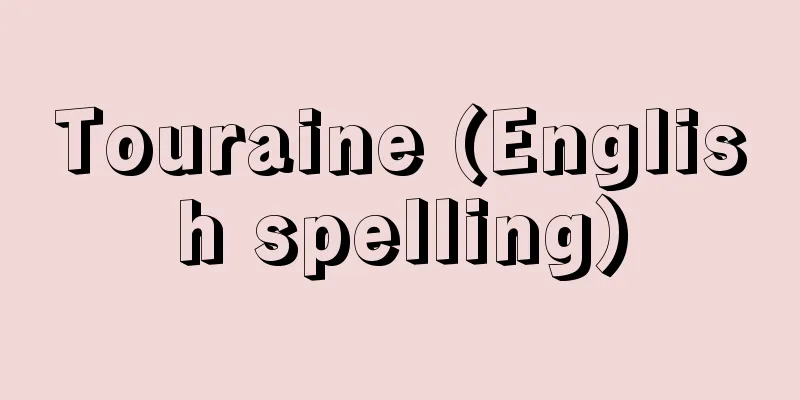Jiro Abe

|
Philosopher, aesthetician, and critic. Born on August 27, 1883, into an old family that had been the headman of the village of Yamadera in Akumi, Yamagata Prefecture (now Sakata City) for generations since the early Edo period. During his time at the First Higher School, he interacted with Saito Mokichi, Abe Yoshishige, Iwanami Shigeo, and others, and after graduating from the Department of Philosophy at Tokyo Imperial University, he received acclaim for his critiques of Natsume Soseki's works. As a disciple of Soseki, he became close friends with Komiya Toyotaka and others, and in 1911 (Meiji 44) published "Shadow and Voice," a joint work by the two, in which he took an anti-naturalist stance. In 1914 (Taisho 3), he published "The Diary of Santaro," a record of self-reflection based on contemplation and mental anguish, establishing his own unique idealism. Eventually, this idea developed into "personalism" and was attacked by both the left and right in the intellectual circles, but as a representative work of Taisho culture, the book became a must-read for students and young people seeking modern self-awakening. As a professor of aesthetics at Tohoku Imperial University, he also made an effort to introduce the works of Lipps and Nietzsche, and made great contributions to the study of Japanese culture, including renga and haikai. In 1954 (Showa 29), he used his own funds to establish the Abe Institute of Japanese Culture (later to become the Tohoku University Faculty of Letters Japanese Culture Research Facility Annex, and then the Abe Jiro Memorial Museum). He was a member of the Academy of Sciences. He passed away on October 20, 1959. His major works include "Art and Society in the Tokugawa Period" (1931) and "World Culture and Japanese Culture" (1934), and he translated Goethe's "Faust". [Ryukichi Harada, August 19, 2016] "The Complete Works of Abe Jiro, 17 volumes (1960-1966, Kadokawa Shoten)" [Reference] | |Source: Shogakukan Encyclopedia Nipponica About Encyclopedia Nipponica Information | Legend |
|
哲学者、美学者、評論家。明治16年8月27日、山形県飽海(あくみ)郡山寺村(現、酒田(さかた)市)の江戸前期以来代々名主格の旧家に生まれる。第一高等学校時代に斎藤茂吉(さいとうもきち)、安部能成(あべよししげ)、岩波茂雄などと交わり、東京帝国大学哲学科を卒業後、夏目漱石(なつめそうせき)の作品批評によって評価を受ける。漱石門下で小宮豊隆(こみやとよたか)らと親しみ、1911年(明治44)その合著『影と声』を出版して反自然主義の論陣を張る。1914年(大正3)に思索と精神的苦悩を基調とした自己省察の記録『三太郎の日記』を刊行、独自の理想主義を確立した。やがてそれは「人格主義」へと展開し、論壇の左右両翼から攻撃を受けるが、同書は大正教養主義の代表作として、学生・青年層にとって近代的自我覚醒(かくせい)のための必読書となった。また東北帝国大学美学教授として、リップスやニーチェの紹介に努め、連歌俳諧研究をはじめ日本文化の研究に業績をあげた。1954年(昭和29)私財を投じて阿部日本文化研究所(のちに東北大学文学部付属日本文化研究施設分館、ついで阿部次郎記念館となる)を設立した。学士院会員。昭和34年10月20日死去。主著に『徳川時代の芸術と社会』(1931)、『世界文化と日本文化』(1934)、訳書にゲーテの『ファウスト』などがある。 [原田隆吉 2016年8月19日] 『『阿部次郎全集』全17巻(1960~1966・角川書店)』 [参照項目] | |出典 小学館 日本大百科全書(ニッポニカ)日本大百科全書(ニッポニカ)について 情報 | 凡例 |
Recommend
Kanze Saburo (Motoshige)
...He was commonly known as Saburo, and his real ...
(■1) The Legend of the Head
...And many of the urban and rural middle classes...
Kholmsk (English spelling)
A port city in Sakhalin Oblast, Russia. It is loca...
evergreen thorn
...Native to the western part of mainland China. ...
Withdrawal - Withdrawal
This refers to Japanese people living overseas who...
Miyamayomena - Miyamayomena
A perennial herb of the Asteraceae family that gro...
Circular stone fence
Please see the Stone Circles page. Source: Encycl...
Tomo no Miyatsuko
In the pre-Taika period, the surnames of small and...
Corpse Phenomenon - Shiitai Gensho
Corpse phenomena means all phenomena that appear ...
Brooks, Richard
Born: May 18, 1912, Philadelphia, Pennsylvania [Di...
Yosano Tekkan - Good Tekkan
Poet and poet. Born in Kyoto on February 26, 1873...
Novosibirsk [Islands] - Novosibirsk
An archipelago in the Arctic Ocean, north of Easte...
Cape Hagachi
A cape in Minamiizu Town, Kamo District, in the so...
Cyrus [II] - Cyrus
Founder of the Achaemenid Persian Empire (reigned ...
Anjou - Anjou (English spelling)
A historical region and former province in wester...









